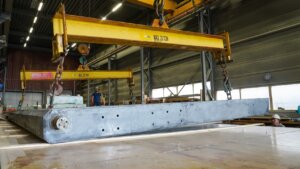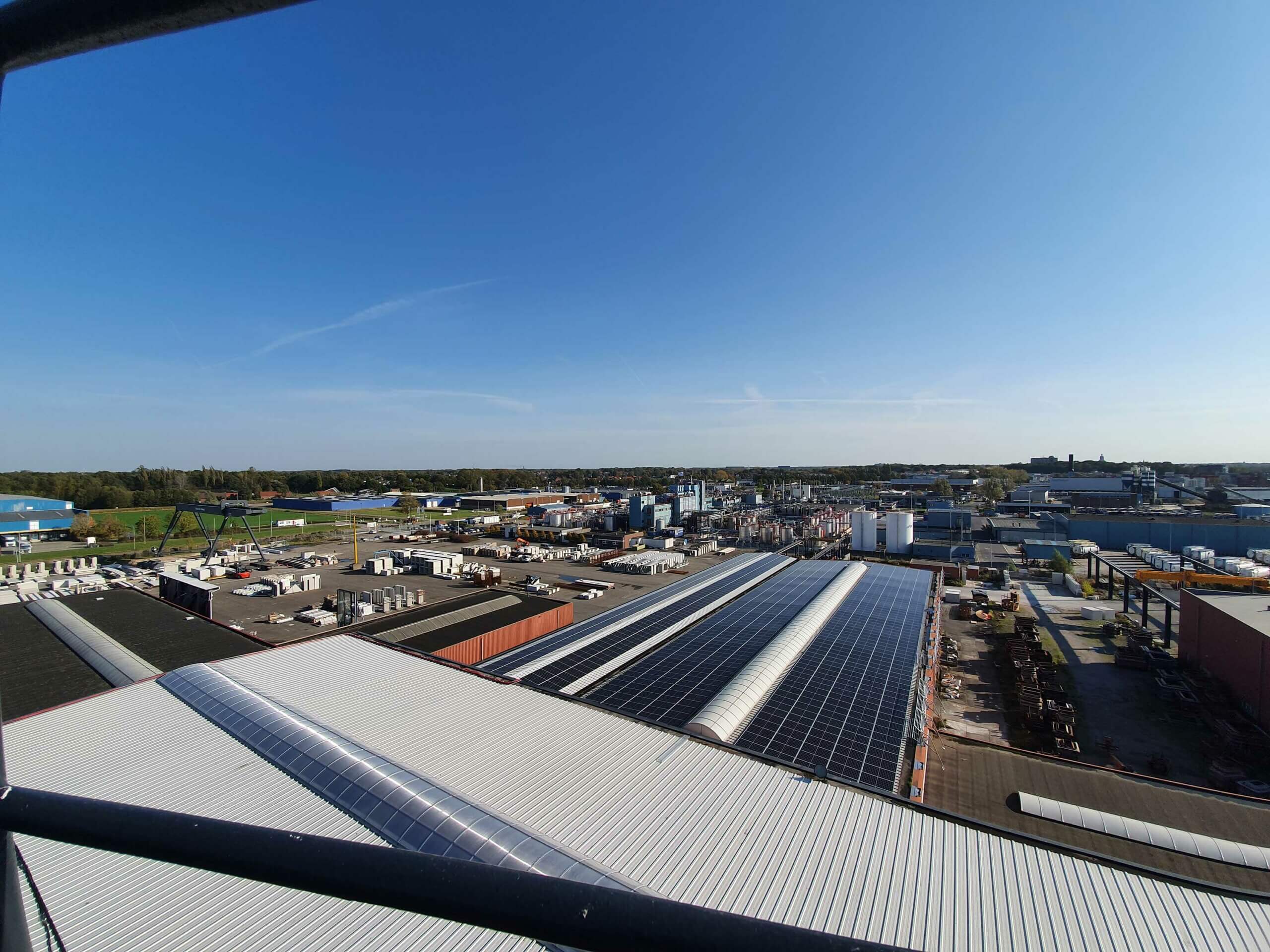Traditionally, lock doors are made of wood or steel, materials that require significant maintenance and have a limited lifespan compared to concrete. Wood doors, for example, must be replaced every 25 years or so, while steel doors require a new, often dirty, coating against rust after 10 to 15 years. Concrete structures, on the other hand, offer a maintenance-free life of at least 100 years.
The development of this innovation began in 2018, when FDN Group, in collaboration with the Province of Groningen, designed a lock gate made of ultra-high-strength concrete with a core of EPS (expanded polystyrene). This lightweight core saves weight while providing exceptional pressure resistance similar to steel. Although material research and design went smoothly, pouring a UHSB sluice gate proved complex. After three previous failed attempts, Waco, part of Concrete Valley, did manage to successfully produce the lock doors in February and March of this year.
The ultra-high-strength concrete doors, are no more heavier than steel and wood variants and have a strength class of C200, which is unprecedentedly high compared to traditional concrete. This is partly attributable to the aforementioned polystyrene core. Due to the higher density concrete mix, the use of steel fibres and special fillers, UHSB is as much as 10 times stronger than traditional concrete. The province of Friesland financed the concrete lock gates, measuring 7.3 by 5.3 meters, which will be installed in the Robbengat lock at Lauwersoog after the sailing season on behalf of the province of Groningen. The existing wooden lock gates will be replaced with this considerably more durable variant.




